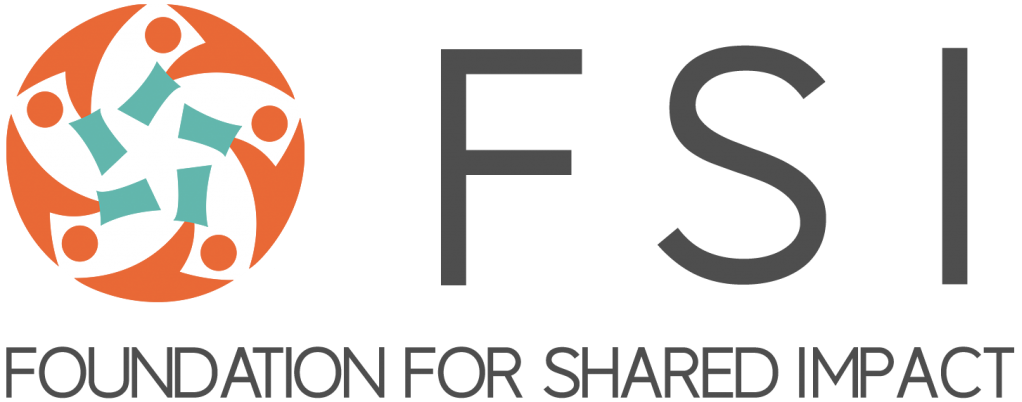Storytelling is as old as human history, and it has long been leveraged as a tool to drive business growth.
As the mentees of our Mentorship Program for Ethnically Diverse Entrepreneurs learned at the workshop on funding and financing opportunities, getting funding is rooted in storytelling, both quantitatively and qualitatively, about the business.
But good storytelling does more than that. When done well, the story you tell of your brand or organization’s mission can be a low-cost yet effective tool to connect you with potential customers, collaborators and partners, volunteers, or employees. Through these new connections and partnerships, your company can then reach a wider audience, which in return enables your company to grow.
Today, with the availability of digital media, platforms, and tools, communicating a company’s brand story is made all the easier and more affordable.
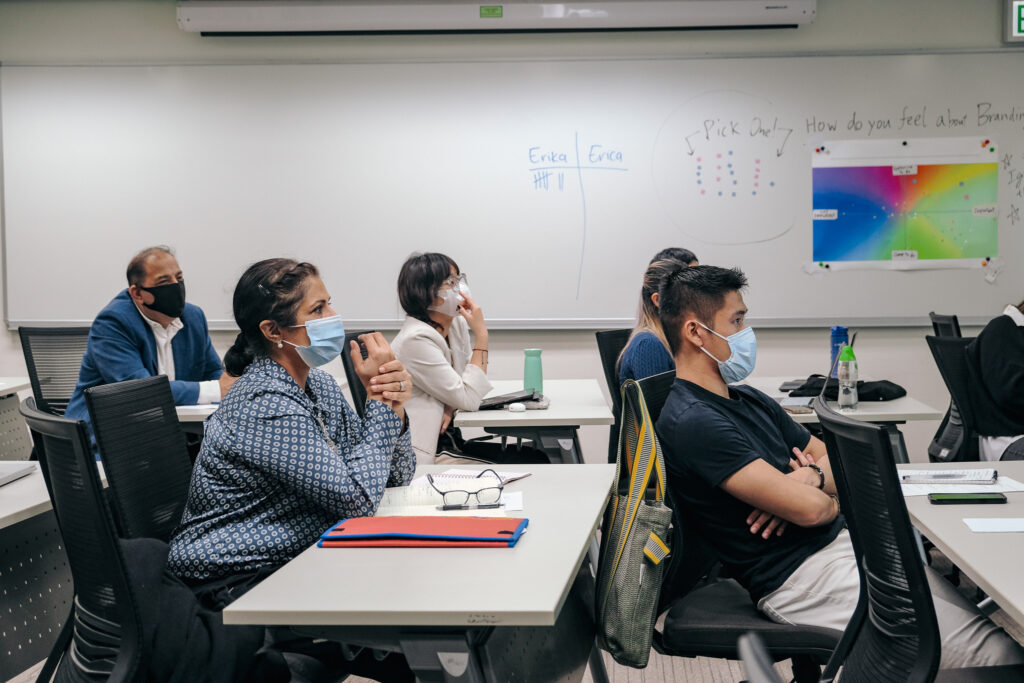
To equip our mentees with the knowledge and skills to up their game in digital storytelling, we invited Kinglun Yeung, Founder of MEH MONO CO., to our Digital Storytelling workshop on 1 November to share some tips on one of the digital mediums: videos.
In addition to promoting a brand or a product or a service, explainer videos are often made by entrepreneurs as tutorials to illustrate the usage or procedure of a product or service, said Kinglun.
“There are many video genres you can choose from,” said Kinglun. “For example, a founder story can be used to tell the story of the company’s founding history, a client interview can be used to illustrate the company’s products or services, and event highlights can be used to showcase the activities and impact of the company.”
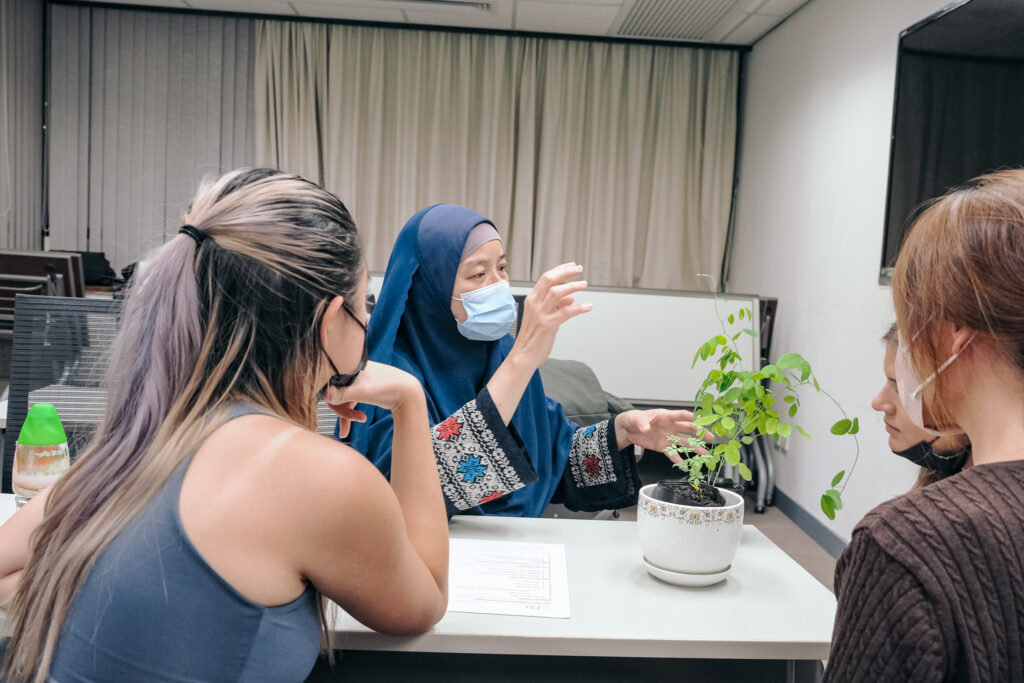
First of All, Storyboarding
A storyboard is a visual presentation of how your video will unfold, and it is an important planning process, regardless of whether you’re creating a marketing video or explainer video.
Comprising several boxes in sequential order, the storyboard allows everyone on the video production team to communicate and agree on the ideas and directions they want for the video. By adding illustrations and text to each of the boxes, you and your team will know the number of shots you’ll need for the video, the messages that you want to convey shot by shot, and the preparation that needs to be done to film each of the shots. It is also during storyboarding that you want to plan for the dialogues (or voice-over), actions, camera movements, and special effects etc. for each of the shots.
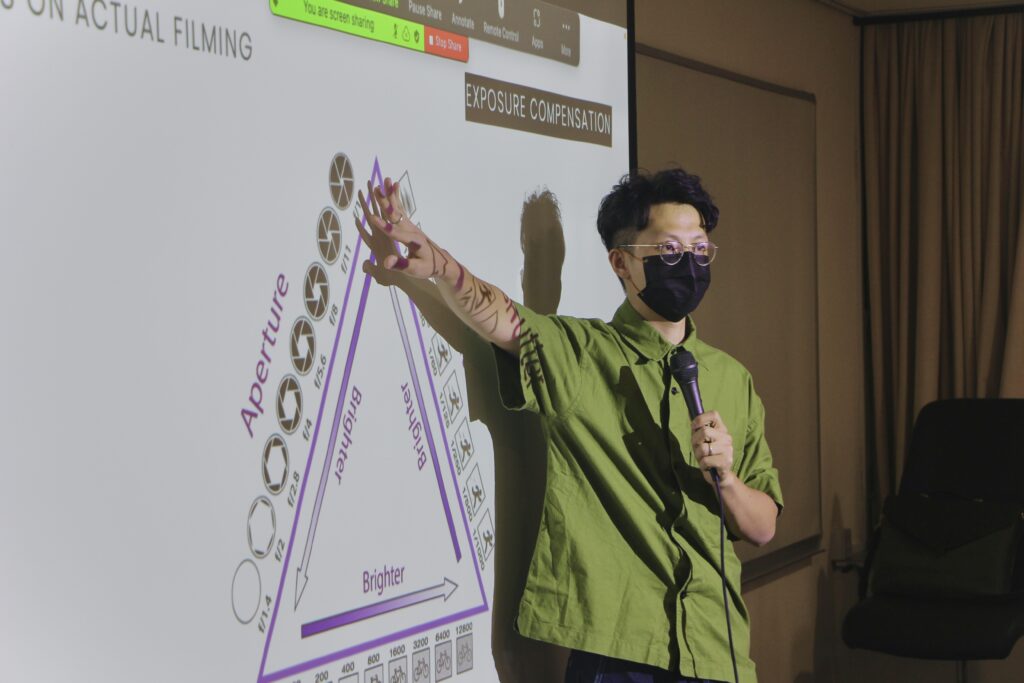
Tips and Tricks on Actual Video Production
On using smartphones to produce videos, Kinglun advised against trusting the autofocus but to always tap the phone screen to focus. After securing the focus, there should be no further adjustments in exposure or distance.
In addition to filming in brightly-lit environments, Kinglun also added that it is important to hold the phone with both hands, or better still, get a tripod. When panning or tilting the phone camera, it’s always safe to do it slowly and steadily. If the video involves someone speaking, it’s good practice to use a clip mic or a boom mic.
How about filming with a camera then? Here, Kinglun talked about the adjustments that needed to be made to the aperture, the shutter, and ISO for different environments, lighting, and speed of motion.
Incidentally, how you position your camera can affect how your audience view your video. “For example, placing your camera at eye level with your subject creates a sense of neutrality, and it is one of the most commonly-used camera angles,” said Kinglun. “When you place your camera at a high angle, you create a sense of vulnerability in your subject. Contrarily, if you place your camera at a low angle, you can magnify and highlight your subject.”
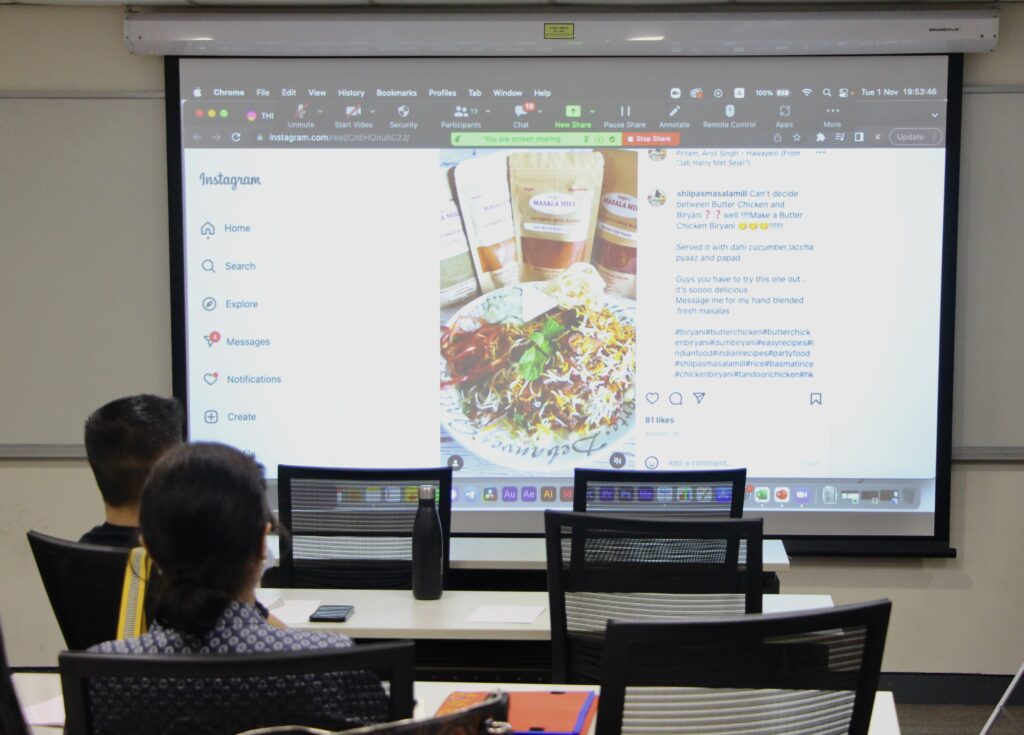
After Kinglun elaborated on the differences of using a wide shot, a medium shot, and a close-up shot, as well as the different lens required for each, he provided some helpful insights and comments on the videos that our mentees, The Blomstre, Shilpa’s Masala Mill, and Project Ethnic Minority Empowerment (PEME) made and shared with the FSI team ahead of time.
Video Editing Tools
Once all the shots on the storyboard are filmed, they will need to be edited into a video. Kinglun recommended that for beginners, editing tools offering simple layouts such as Adobe Premiere Rush, Hitfilm, Filmora, and Canva should suffice.
One of the downsides of these tools is that they are less customizable, such as Instagram Reels. “While these tools do offer a wide range of music options, filters, and special effects, chances are that other people may be using them for their brand videos too, and you don’t want your brand video to look similar to theirs,” said Kinglun.
So for those who aspire for more professionally-made videos, Kinglun suggested Davinci Resolve, Adobe Premiere Pro, and Final Cut Pro.
When sourcing materials for video production, Kinglun cautioned on copyright issue. “Be sure to always get the permission or consent of the creator or owner of the material that you want to use. Alternatively, opt for copyright-free materials, such as the YouTube Audio Library.”
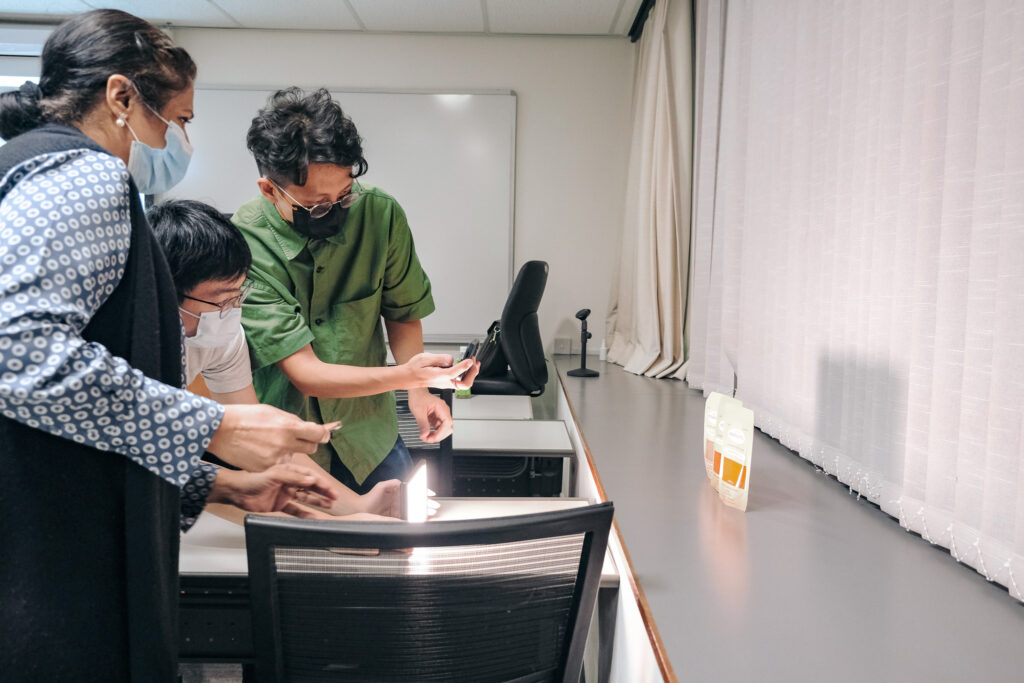
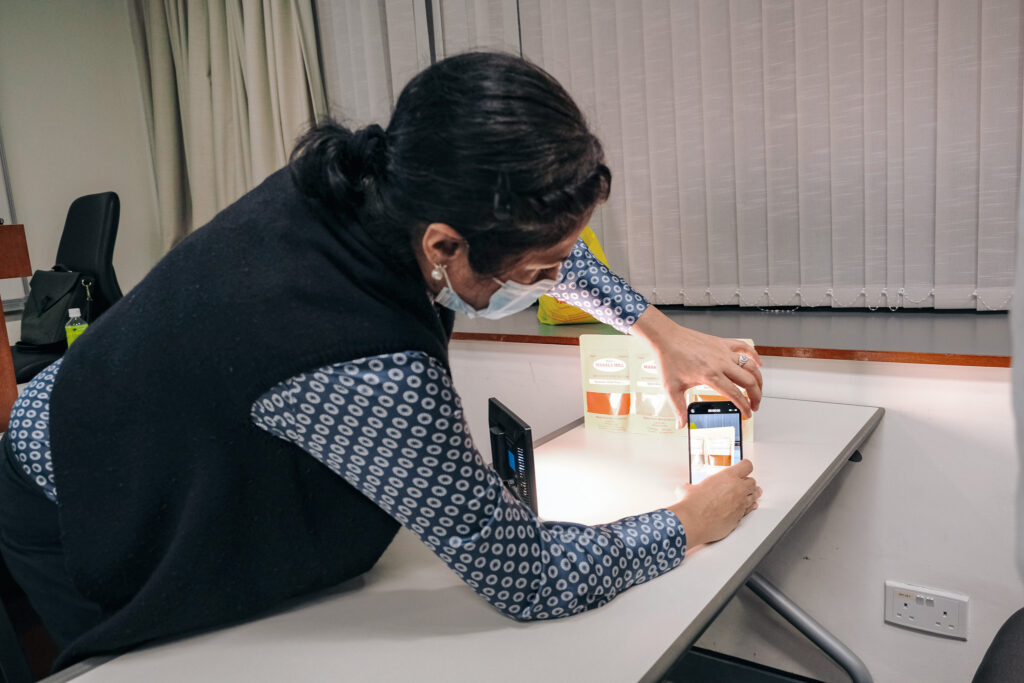
Putting Knowledge into Practice
That was a lot of technical information to take in for our mentees. Which is why, in the latter half of our Digital Storytelling workshop, we put our mentees into three groups to shoot and edit a video of 30 seconds to one minute in length, using their phone or laptop. The three groups were tasked with shooting a product, an instructional video, and an interview respectively.
In the 30-minute session, our mentees had to decide on the purpose, genre, length, and format of the video, as well as the angle, direction, and shot size. With the help of the worksheet we provided, they also worked on the storyboarding before the actual filming.
We hope our mentees were able to take away useful learning from Kinglun’s introductory workshop on video production and the actual video production exercise!
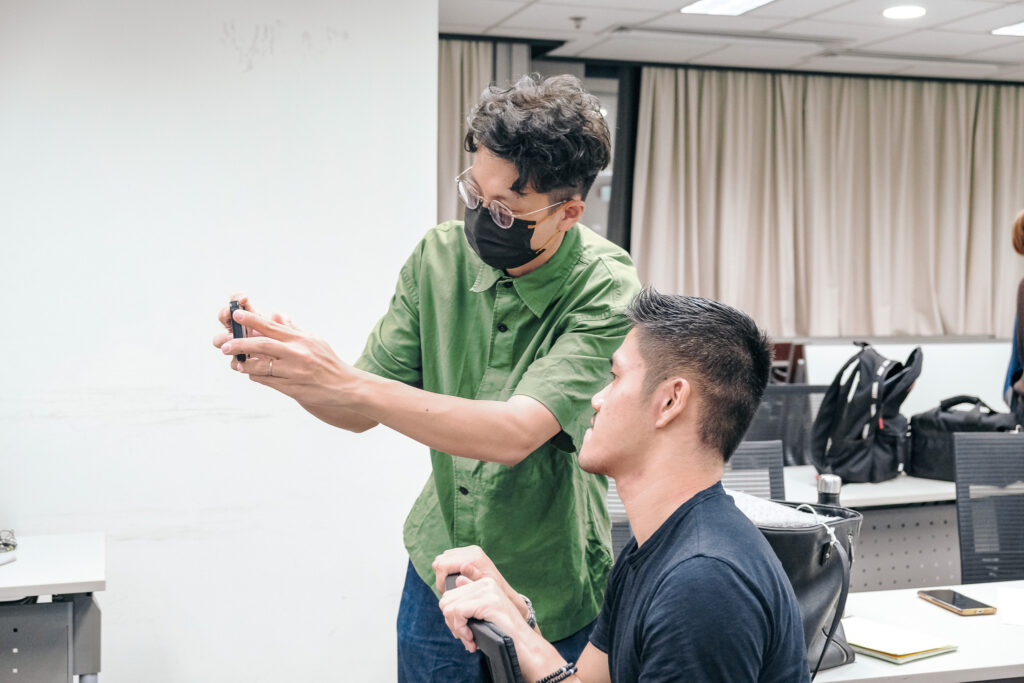
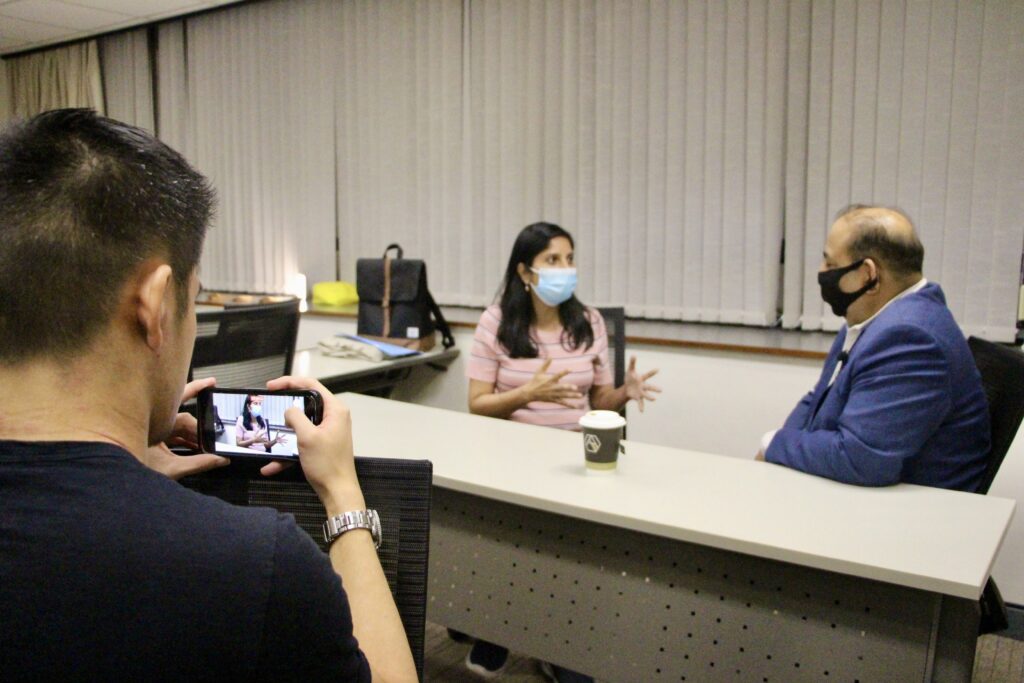
*Interested in supporting our work on helping ethnically diverse entrepreneurs start and scale their business? Donate to us or get in touch with us on cbs@shared-impact.com!
